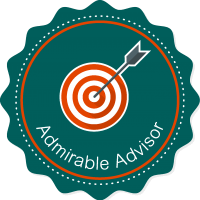Metacognition, or “thinking about thinking,” plays a crucial role in both teaching and learning. It involves self-awareness and self-regulation of one’s cognitive processes, allowing learners to plan, monitor, and evaluate their understanding and performance. Here’s how it benefits teaching and learning:
How Metacognition Helps in Learning
- Enhances Self-Regulation – Learners become aware of their learning strategies, strengths, and weaknesses, helping them take control of their learning.
- Improves Problem-Solving – By reflecting on their thought processes, students can adjust strategies when facing challenges.
- Boosts Academic Performance – When students monitor their learning, they can make adjustments, leading to better retention and comprehension.
- Encourages Deep Learning – Instead of rote memorization, metacognitive learners focus on understanding concepts and making connections.
- Builds Confidence and Motivation – Knowing how to learn effectively reduces frustration and increases motivation.
How Metacognition Helps in Teaching
- Encourages Reflective Teaching – Teachers can analyze their teaching methods, adjust instruction, and implement strategies that best support students.
- Facilitates Differentiated Instruction – Understanding students’ metacognitive skills allows teachers to tailor instruction to individual learning needs.
- Promotes Active Learning – Teaching students to think about their thinking fosters engagement and critical thinking.
- Develops Lifelong Learners – Teachers who model metacognition help students develop skills for independent learning beyond the classroom.
Strategies to Foster Metacognition in the Classroom
- Think-Alouds – Teachers verbalize their thought processes to model metacognitive strategies.
- Self-Questioning – Encourage students to ask themselves questions like What do I already know? and How do I know if I understand this?
- Learning Journals – Students reflect on their learning experiences, challenges, and strategies that worked.
- Graphic Organizers – Tools like concept maps help students organize and reflect on information.
- Peer Teaching – Explaining concepts to others reinforces understanding and metacognitive awareness.
By integrating metacognitive strategies, both teachers and students can improve learning outcomes, fostering a more thoughtful, independent, and effective educational experience.


